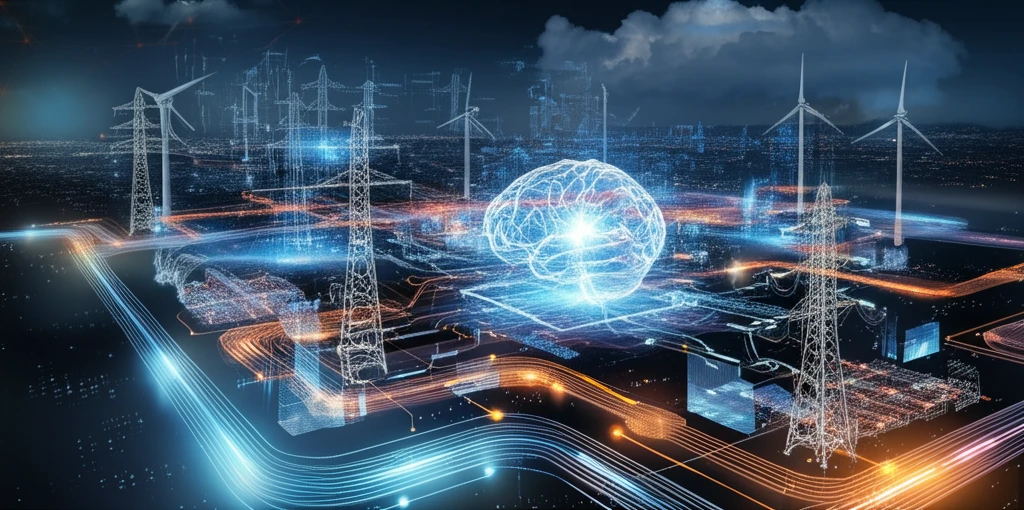
Smarter Grids, Smoother Flow: How Advanced Controls are Revolutionizing Power Management
"Explore how cutting-edge control techniques are optimizing load frequency in multi-area smart grids for a more stable and efficient energy future."
In an era defined by increasing energy demands and a pressing need for sustainable solutions, the integration of electric vehicles (EVs) and renewable energy sources into existing power grids has become a focal point of innovation. Multi-area power systems, which connect various utilities, face unique challenges in maintaining stability and reliability as these new elements are introduced.
Load Frequency Control (LFC) plays a vital role in this context, serving as the mechanism to regulate and control the output frequency of electrical power. By responding to changes in system loads and power flow between areas, LFC ensures that the power grid remains balanced and stable. Effectively, LFC is the unsung hero keeping the lights on and our devices running smoothly.
This article explores the advanced control techniques transforming LFC in multi-area smart grids. We will uncover how innovations like Artificial Intelligence (AI), fuzzy logic, and model predictive control are enhancing grid stability and optimizing energy distribution for a smarter, more sustainable future. Whether you're an energy enthusiast, a tech-savvy individual, or just curious about the future of power, this journey into the heart of smart grid technology promises valuable insights.
Why Load Frequency Control Matters in Our Smart Future?

Load Frequency Control is paramount for ensuring grid stability and reliability, particularly as power systems become more complex and interconnected. LFC directly addresses the challenge of balancing power supply and demand, a fundamental requirement for maintaining a stable frequency. Any imbalance can lead to frequency deviations, which, if uncorrected, can cause system instability, equipment damage, and even blackouts.
- Ensuring Grid Stability: Prevents frequency deviations that can lead to system collapse.
- Managing Renewable Energy: Mitigates the variability of solar and wind power.
- Integrating Electric Vehicles: Addresses the impact of EV charging on grid load.
- Optimizing Energy Distribution: Balances power flow between different areas in multi-area systems.
The Future of Grid Control: Smart, Stable, and Sustainable
Advanced control techniques are not just theoretical concepts; they are practical solutions that enhance the stability, efficiency, and sustainability of our power grids. By embracing these innovations, we can build a smarter and more resilient energy infrastructure capable of meeting the challenges of the 21st century. From AI-optimized controllers to real-time monitoring systems, the future of grid control is here, promising a more reliable and sustainable energy future for all.
